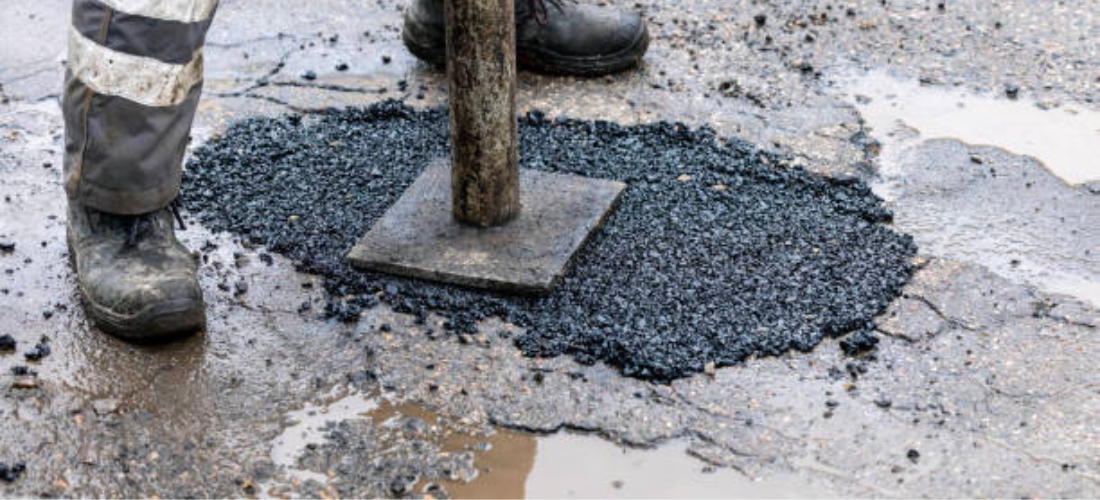We describe what microsurfacing in India is, its advantages and its disadvantages in the long run. How microsurfacing helps in pothole repair in India.
Roads
Roads play an important role in economic growth and advancement while also delivering major social benefits. They are critical to the growth and development of a nation. However it is sad to realize that this tool of nation building is affected largely by potholes and damage.
It is critical to fix potholes as soon as they appear. Potholes, if left untreated, can cause wider sections of pavement breakdown as well as carriage damage and potentially significant responsibility for property owners.
What is Microsurfacing and its feasibility in India?
Microsurfacing is a pavement seal layer that preserves and extends its life. It is a thin, durable covering of asphalt emulsion combined with coarsely crushed stone for traction.
Microsurfacing in India is a low-cost approach for renewing the road surface and repairing tiny cracks and other defects. This preventative maintenance procedure guards against potholes and other minor issues of the pavement.
Microsurfacing, like painting a home, produces a protective covering that maintains the underlying structure and saves the need for more expensive repairs in the future.
Eliminating pothole with Microsurfacing
Any road project that has just begun mending damaged roads should employ micro-surfacing technology to improve the motorability of six segments.
In India, Microsurfacing is a novel form of road rehabilitation that offers a smooth road surface by combining three to six millimeters of bitumen aggregate with asphalt emulsion. Each kilometer of micro-surfacing is projected to cost three times less and is economical than the typical technique of road rehabilitation, which uses bituminous concrete. Microsurfacing is thereby the most performance as well as cost effective process in road maintenance.
The microsurfacing technology in road repair in India is appreciated for its quick and budget friendly approach. It should be applied to normal to medium damaged roads.
Another major benefit of microsurfacing in pothole repair is its future ability to prevent the formation of potholes. Microsurfacing, unlike bituminous, does not allow water to seep in, creating a protective layer that does not let potholes to form anymore.
Limitations:
While microsurfacing offers to repair all potholes, there are certain limitations to its use for pothole repair. Microsurfacing in India refreshes the road and fills the potholes with a layer of protection. The strength of this layer of protection completely depends on the underlying road itself. So microsurfacing should only be resorted to as a technique of pothole repair after the underlying road is tested for quality.
Another limitation that comes with the microsurfacing in India is the ability of the infrastructure company to use expert labour that will repair the potholes bump free and in a clean fashion. We highly recommend the use of a reputed firm of infrastructure developers that will perform your microsurfacing in a professional manner and make your roads fresh again.
Conclusion:
When placed, microsurfacing in India seals the asphalt underneath, restores skid resistance, prevents water from entering the base, discourages further oxidation, and provides a wear surface that should last 7 to 10 years. With all these benefits, your road should not only look as good as new, but also function better than ever before. Apply microsurfacing to your roads to take advantage of this new technology today.

